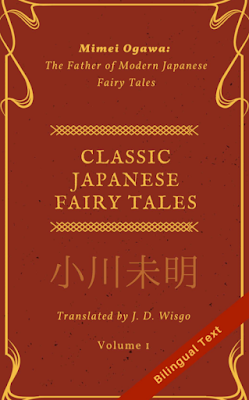"Beauty: A Retelling of the Story of Beauty and the Beast" by Robin McKinley (published 1978)
| Robin McKinley’s retelling of “Beauty and the Beast” is a must-read for anyone who loves and knows fairy tales. McKinley’s version, titled “Beauty”, was written in 1978, and does not stray too far away from the original French tale, “La Belle et la Bête”, written by Gabrielle-Suzanne Barbot de Villeneuve in 1740. In fact, it pays homage to the original story, and captures its magic wonderfully. Because Disney’s animated “Beauty and the Beast”, released in 1991, made such a huge impact on me during my childhood (I was four!) this chapter book meant *so* much when I first read it in the sixth grade, and upon re-reading it as a grad student, I was very much impressed that the book had not lost any of its sublime qualities. A large portion of the power of McKinley’s “Beauty” lies in her descriptions. The Beast’s castle is especially breathtaking, and the reader is pulled into the story for pages and pages. Every turn in the plot, every part of each scene, every angle of a personality, every single detail within a picture, and every action is drawn out in all its characteristics and facets: "...as he finished speaking, a petal fell from the rose, although it was unharmed and blooming. The petal turned in the air as it fell, as if it were so feather-light that the warm eddies of air from the fire could lift it; and the firelight seemed to gild it. But it struck the floor with an audible clink, like a dropped coin. Gervain bent down and picked it up: it was a bright yellow colour. He took it between his fingers, and with a little effort bent it slightly. 'It's gold,' he said quietly." What’s even more special is that these descriptions are told from the perspective of Beauty herself. The reader comes to know her personality very well as well as her surroundings – her father and two sisters, her brother-in-law, her favorite horse, her love for books, her ability to adapt to harsh circumstances, and so much more. The reader is given a view into her thoughts, like reading a diary, an open diary, as if Beauty is sharing her story personally. Beauty’s real name in this version is Honour, and Beauty is her given nickname, well because, she is not very pretty – at least in comparison to the other “Beauties” of the day. It’s meant to be ironic, I suppose. The two sisters in McKinley’s story are also a bit more realistic. They are not evil and jealous like in many fairy tales, but they truly love and care for their sister, and admire her for her uniqueness. Once Beauty’s father, a ship captain and businessman, loses his wealth after much misfortune, the family has to move out of the city and into the country. The change strengthens them, and McKinley elaborates on their resilience. Beauty’s father has a contemplative and serious nature and makes this story extremely plausible, especially after he meets the Beast. When he handles the situation he is stoic, not fearful, and McKinley makes the reader believe in each word and deed thereafter. The Beast, who offered up all the luxuries of his massive enchanted castle to Beauty’s father after he finds himself lost, cold, and starving in the winter woods, only becomes enraged with his visitor after he plucks a charming rose from his spellbound garden. The rest of the story is history, and one that is worth learning and retelling and reading for and from our memories forever. |




Comments
Post a Comment